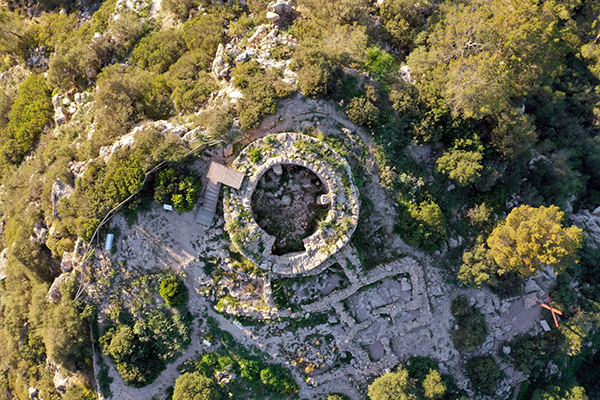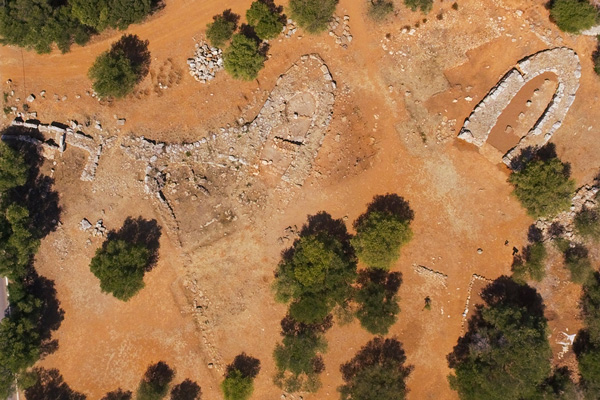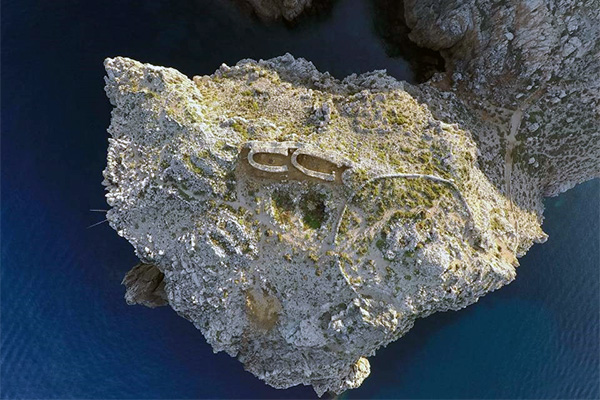
Puig de Sa Morisca
Puig de Sa Morisca Archaeological Park includes a wide diversity of structures from different periods ranging from the Bronze Age to Modern Times, all of them located in Santa Ponça (Western Mallorca). The main site, Sa Morisca, has been excavated by ArqueoUIB since 1996 and has two main areas: the settlement area, located on the saddle of the hill which is delimited by two lines of walls; and the high part of the hill, where five towers controlled all access to the hilltop. Sa Morisca had visual contact with most of the sites placed in the area and controlled the coastline located close to the site. Sa Morisca has been related to external trade until its abandonment, especially with Phoenicians and Carthaginians. The site was abandoned in the 1st Century AD, and reoccupied until the Almohade period, in the 13th century AD, during the Islamic Age.

Closos de ca’n Gaià
This site corresponds to a Bronze Age settlement located in Portocolom (eastern Mallorca). The chronology of this site ranges from 2000 to 800 BC. During the Middle Bronze Age, Closos was formed by at least 8 “navetes” (horseshoe-shaped houses), 5 of them still visible currently. The navetes were built using the dry-stone cyclopean technique and organized communal work. They are interpreted not only as the scenario of household activities but also as key elements to articulate the sociopolitical life of the community. Besides to the navetes, also a communal structure has been excavated in Closos de ca’n Gaià, where took place the processing and transformation of agricultural products. Currently, this site is excavated by ArqueoUIB and offers a varied range of outreach and dissemination activities.

Coll de Cala Morell
Es Coll de Cala Morell (north Menorca), is a walled promontory with a relatively large plateau, with 15 horseshoe-shaped houses (“navetes”). This excavation was part of the so-called “Entre Illes” (Among Islands) project, which also implied the excavation of another coastal settlement called Sa Ferradura (eastern Mallorca). The chronology of Coll de Cala Morell occupation ranges from 1600 to 1200 BC. Two water deposits have also been recorded in the site. The archaeological team who excavate in the site interpret Cala Morell in relation to the occupation of coastal sites for a defensive purpose occurred in different moments of the prehistory of the Balearic Islands.